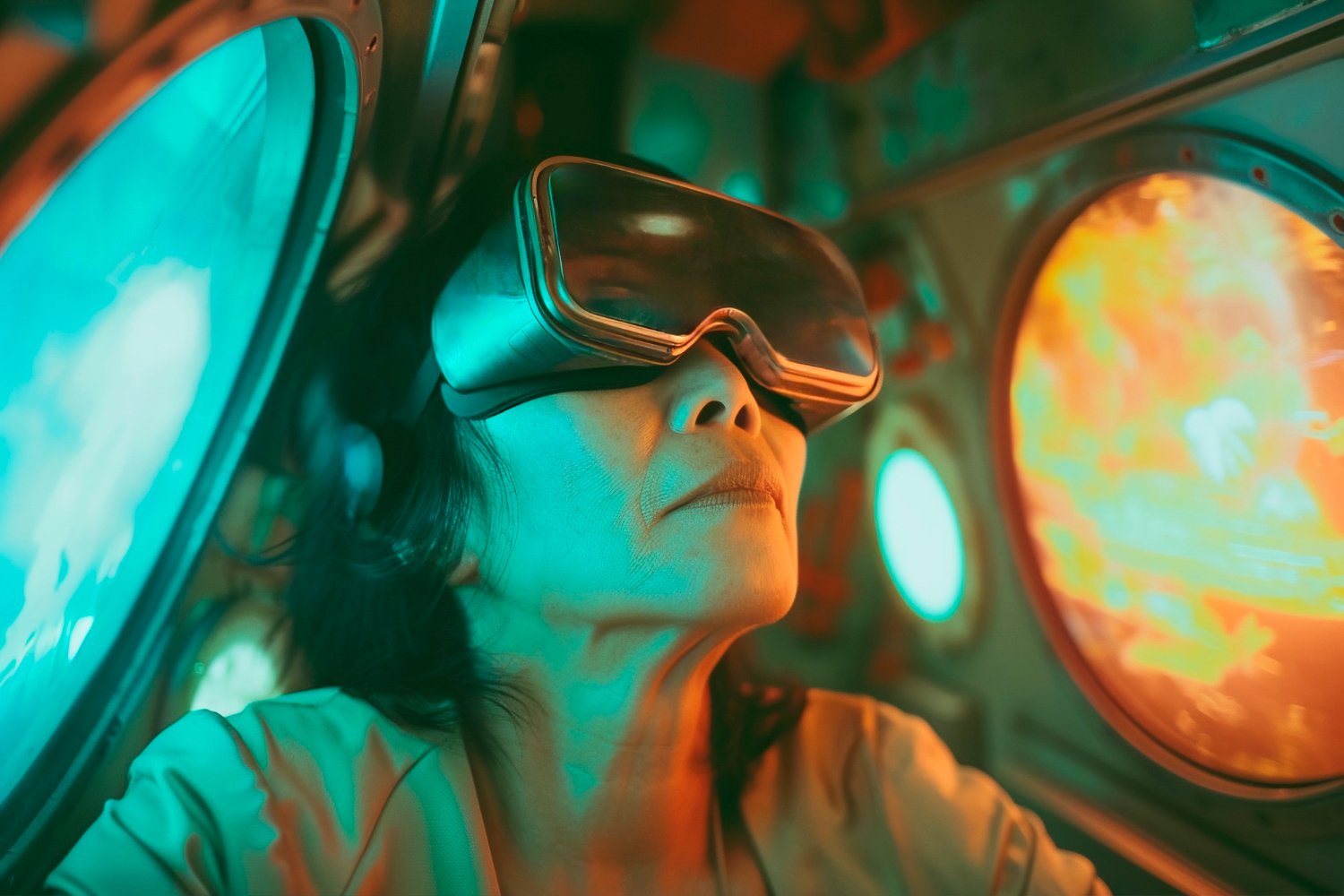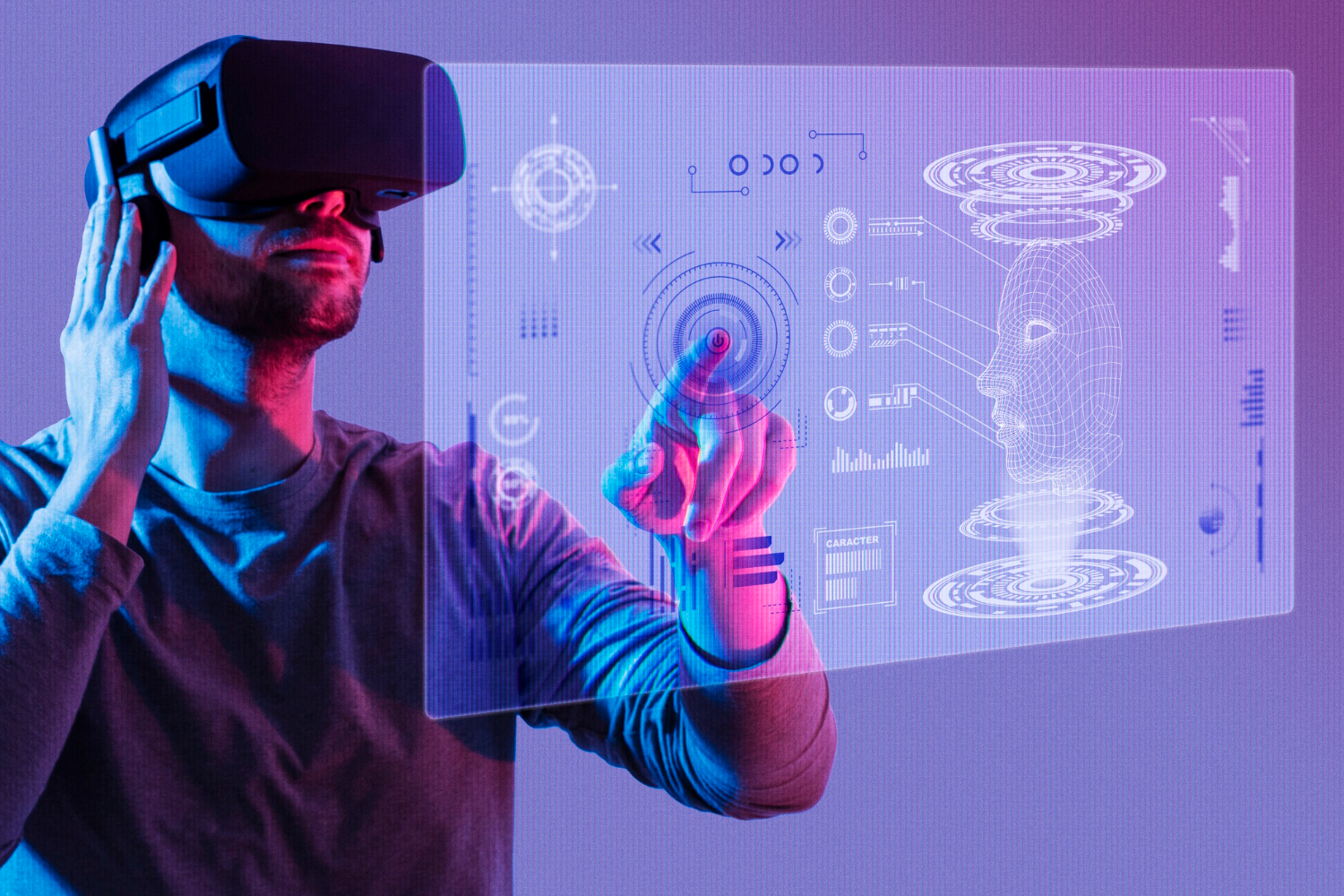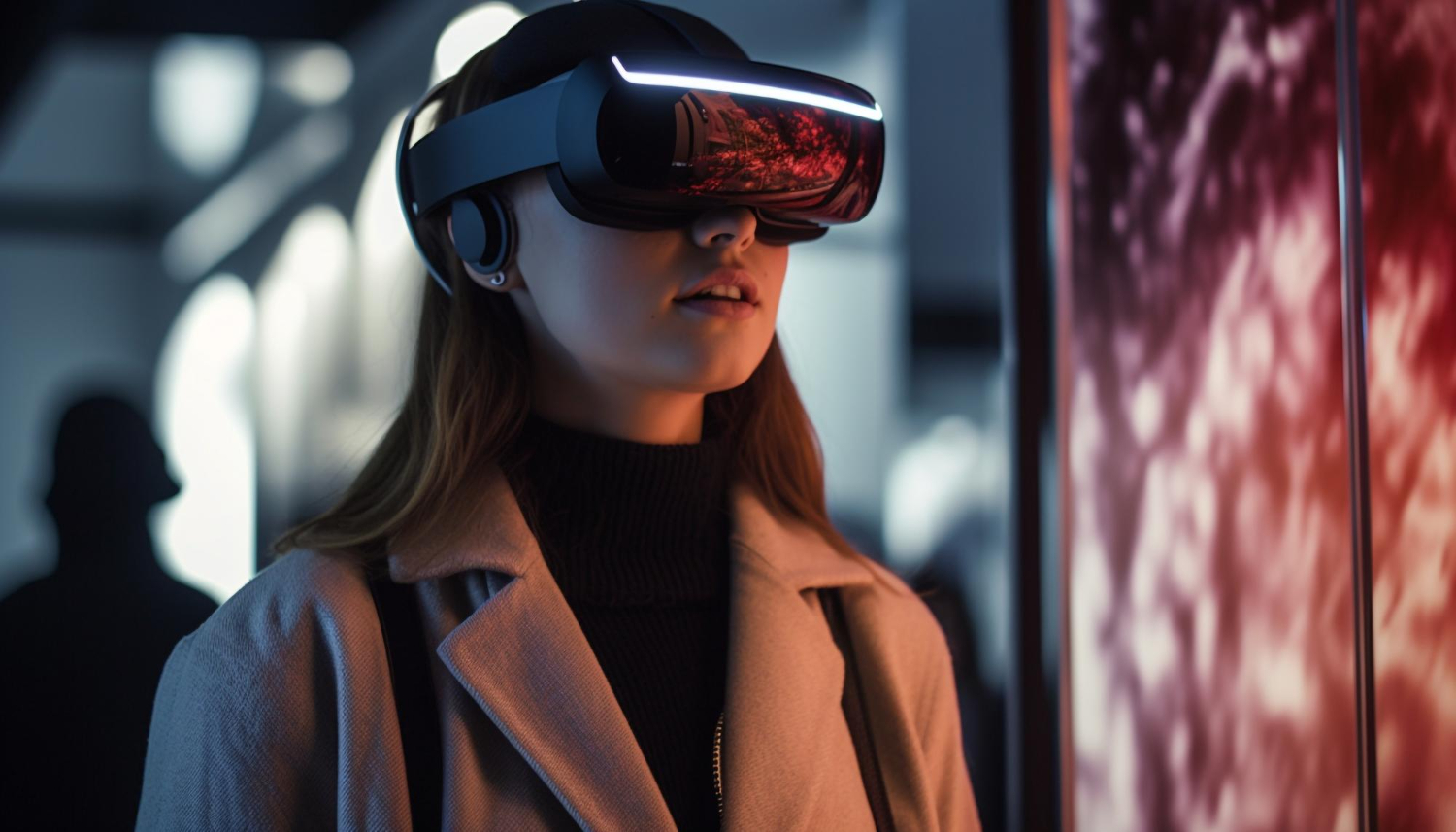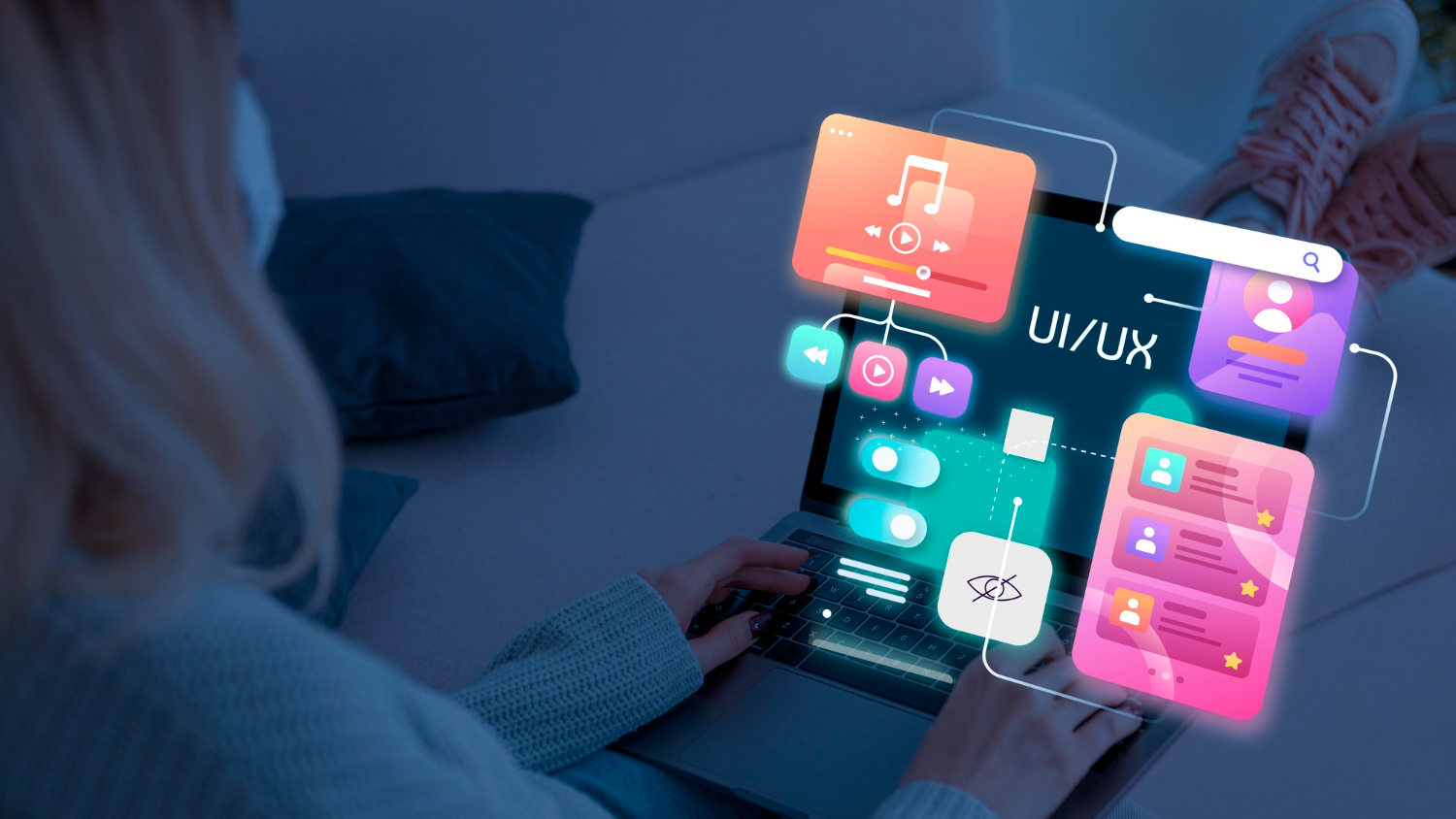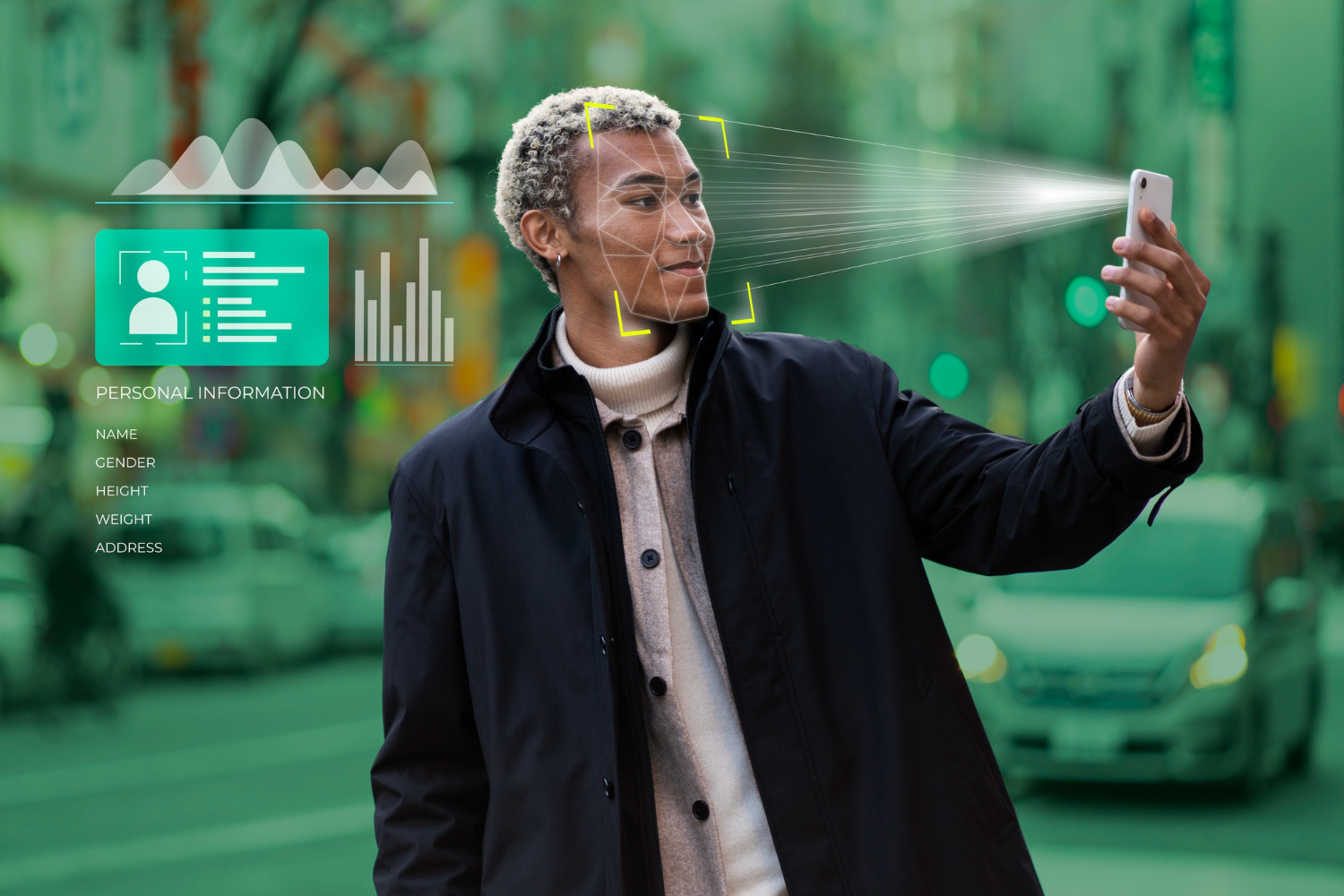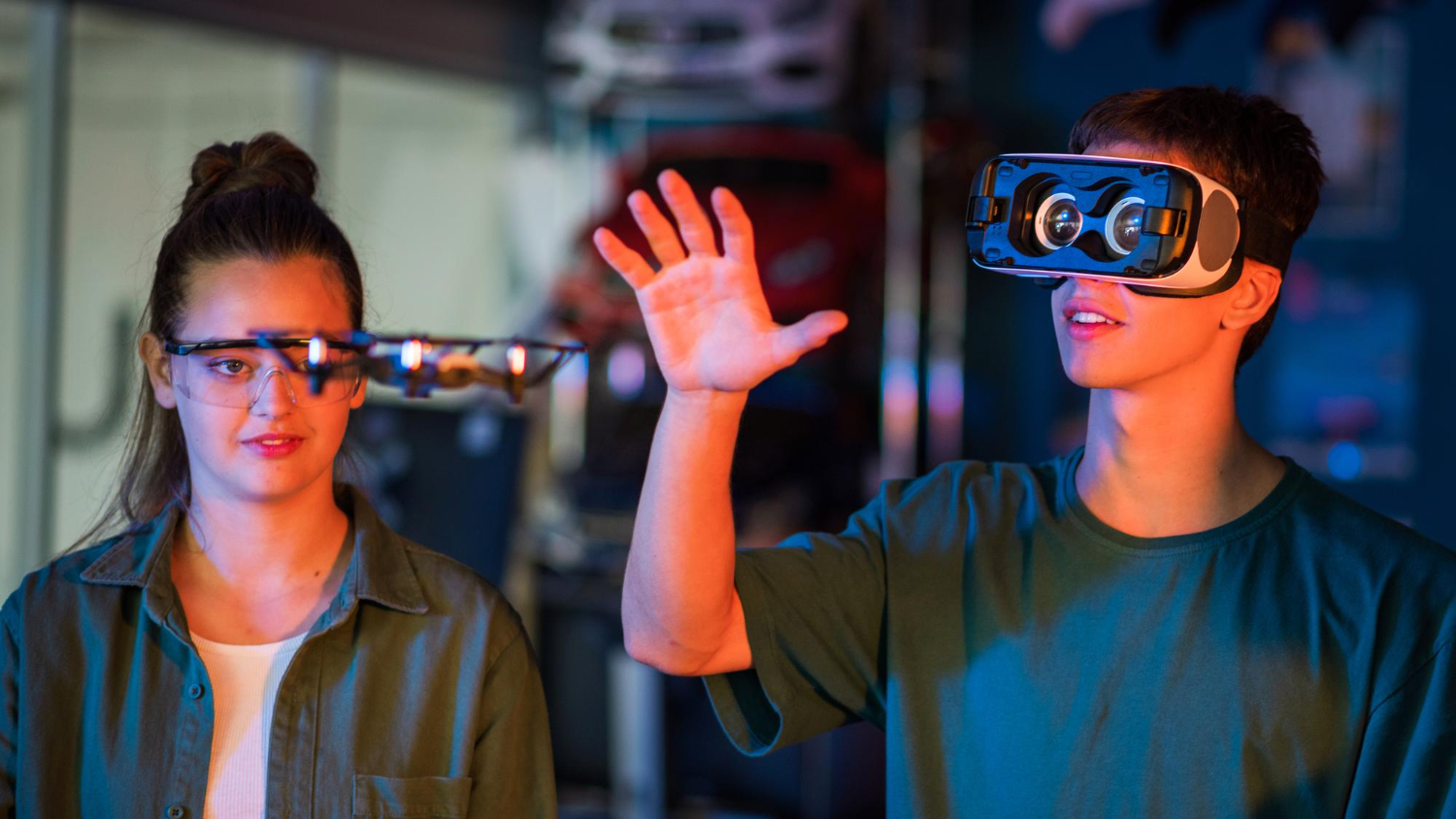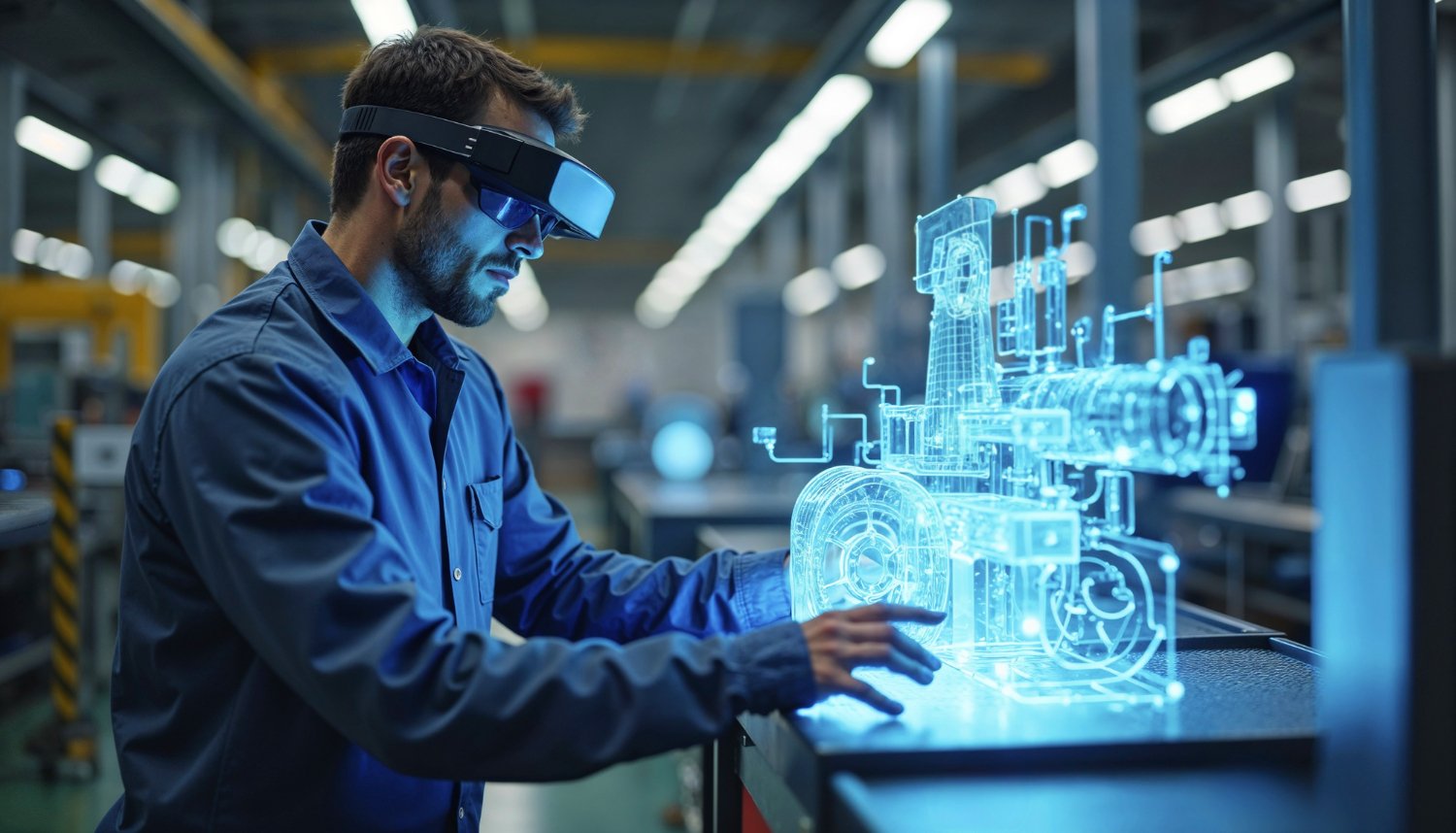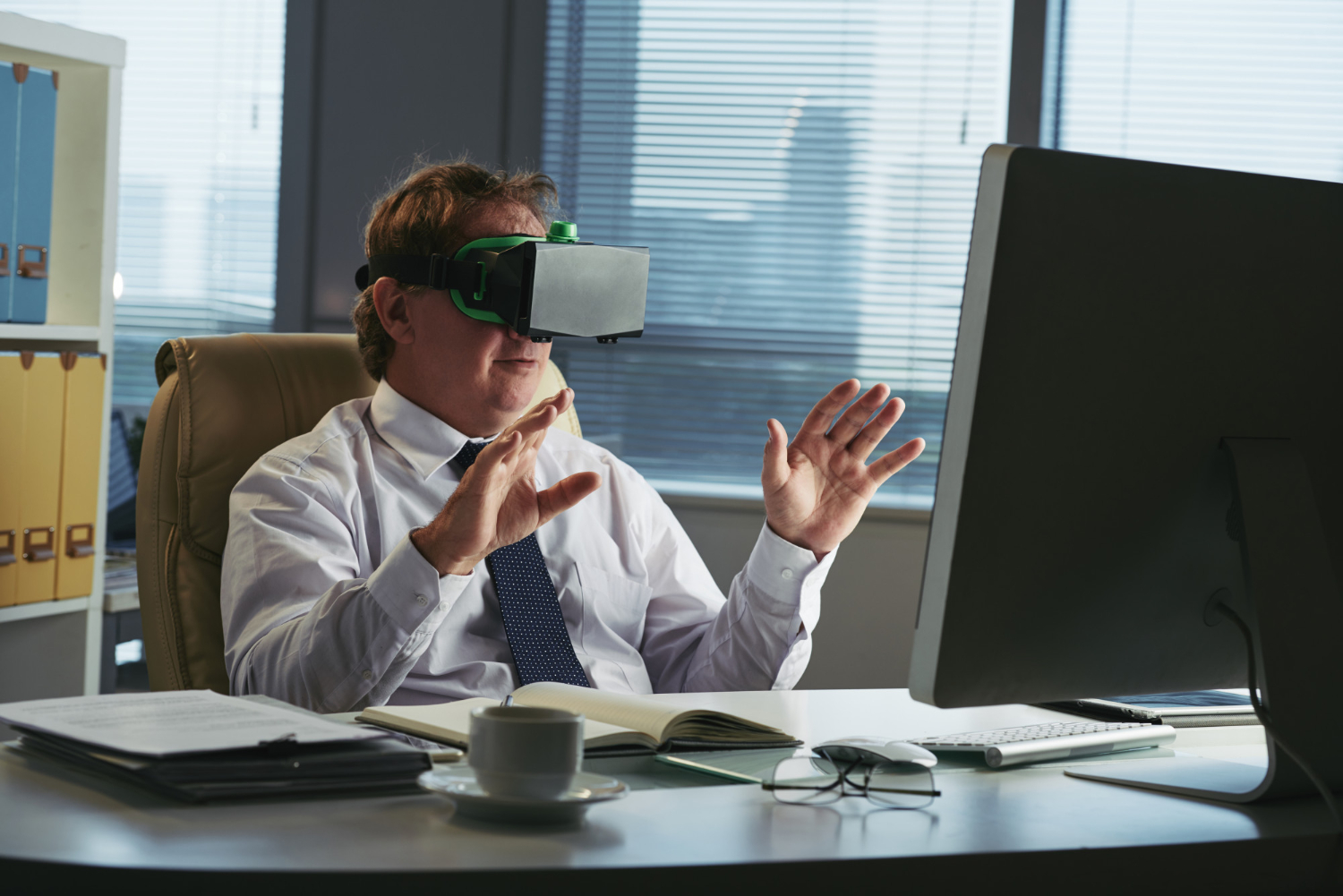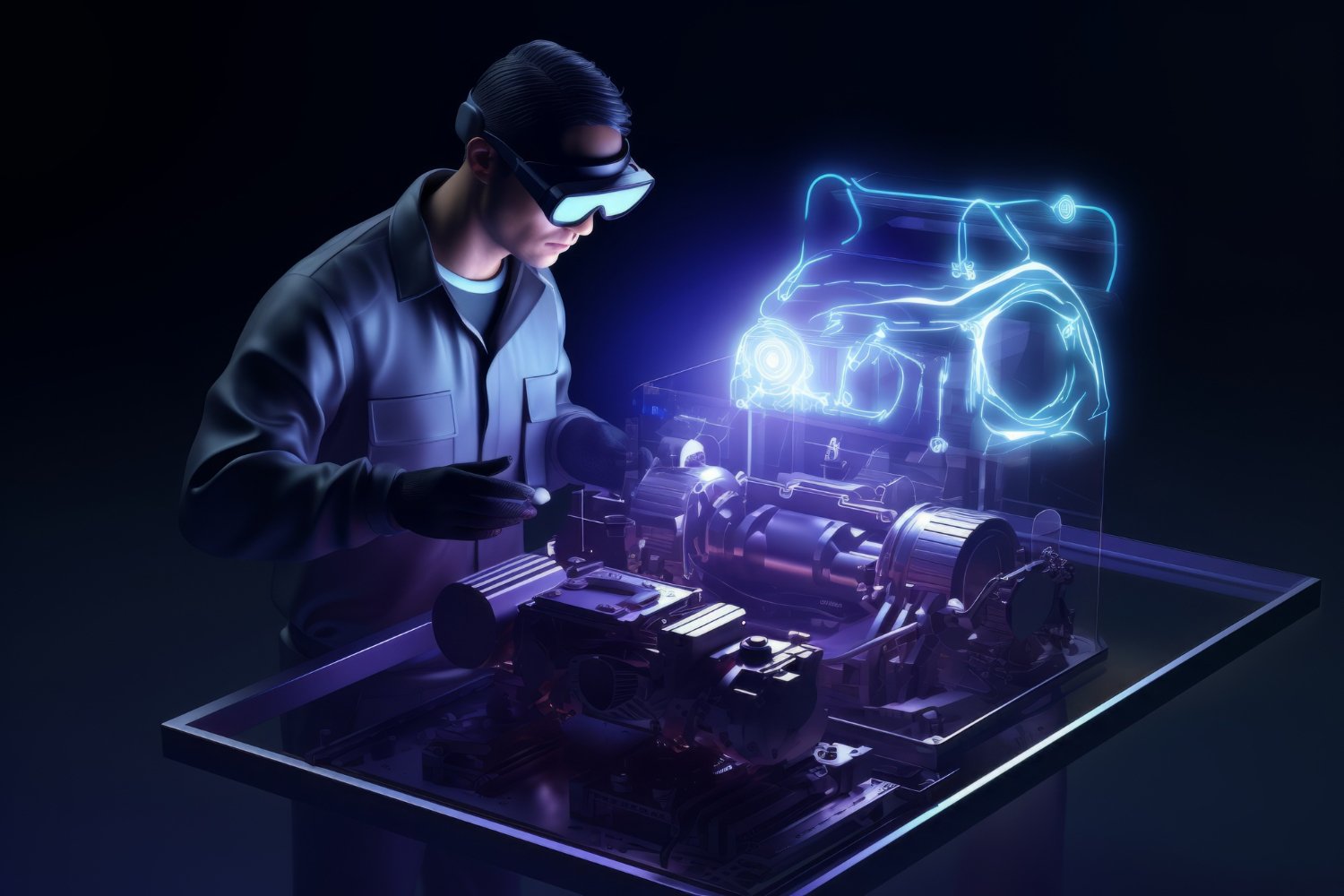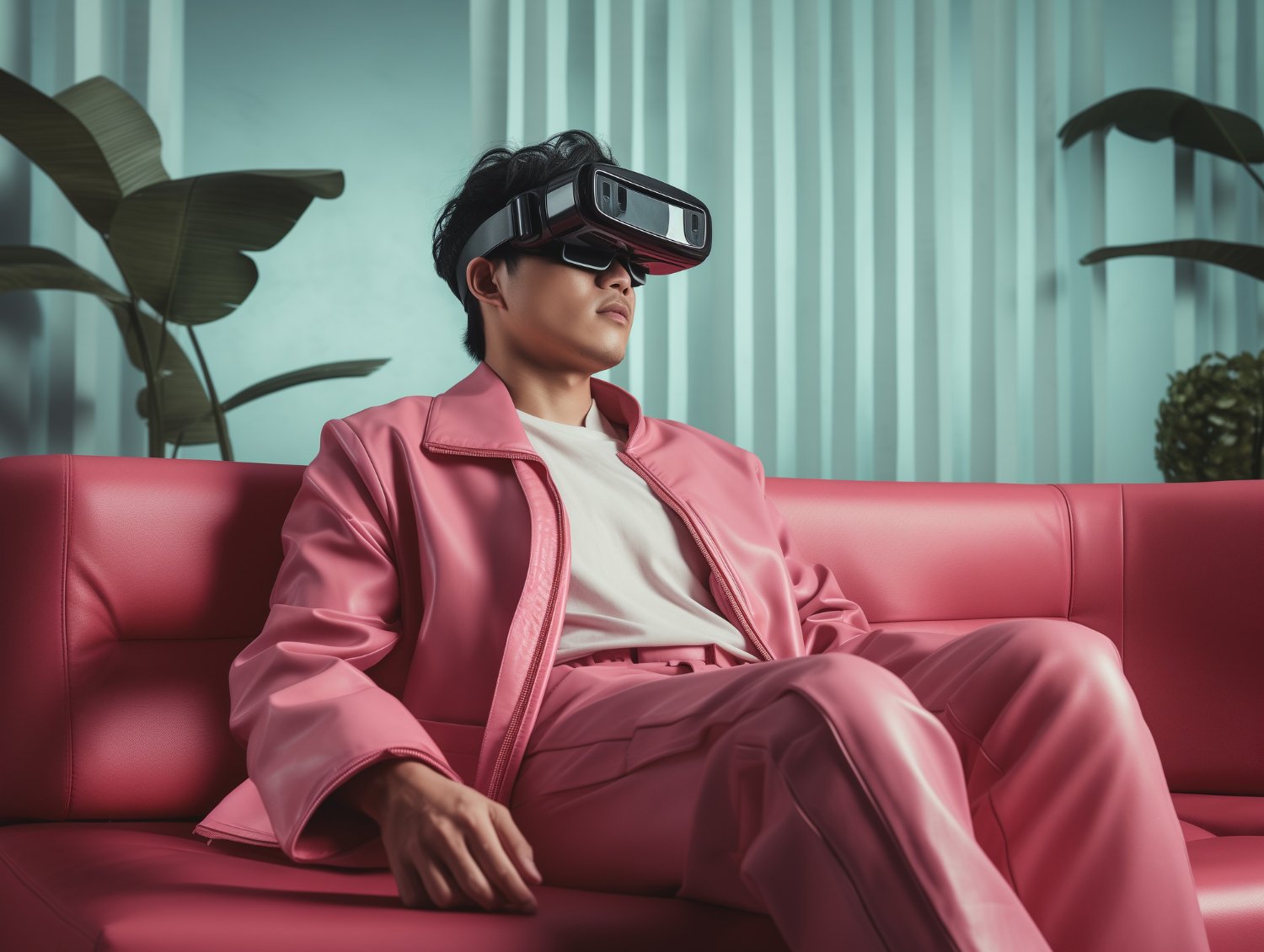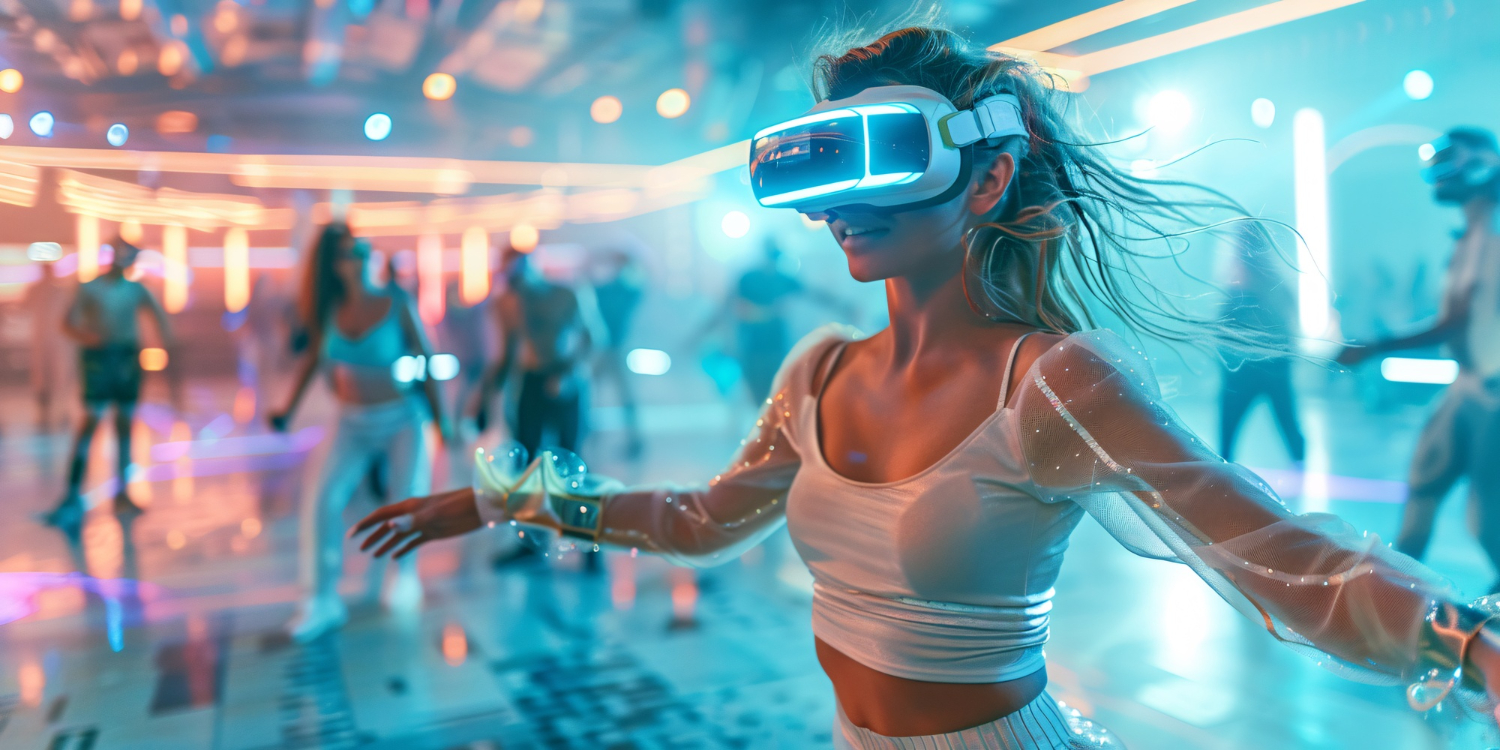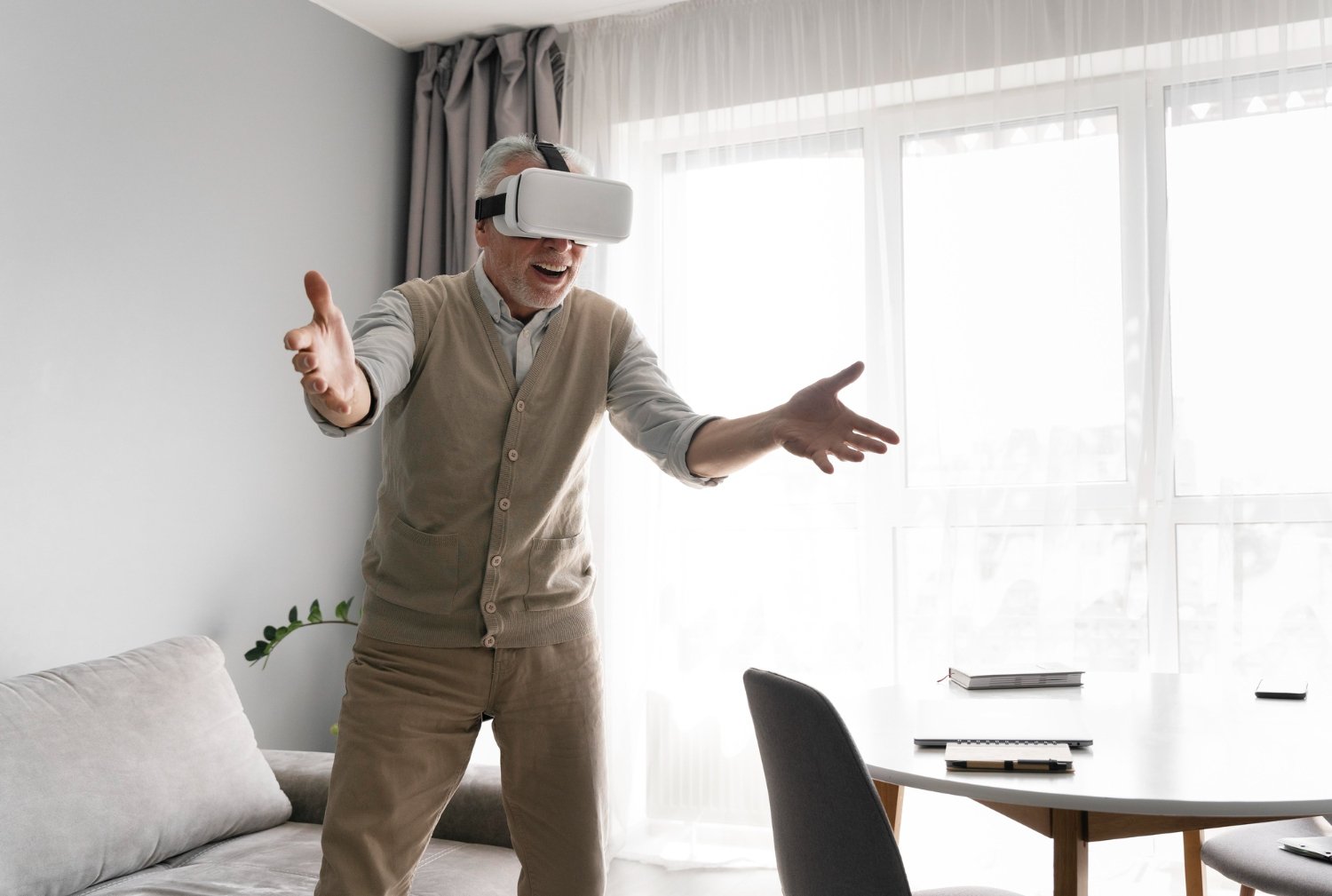What is Mixed Reality?
Mixed reality (MR) is a blend of the physical world and virtual worlds, where both coexist and interact in real-time. It combines elements from virtual reality (VR), augmented reality (AR), and extended reality (XR) to create immersive experiences. With MR, digital objects can be placed in a real environment, allowing users to interact with both.
This fusion enables people to see and interact with computer-generated elements while remaining aware of the physical world around them. Devices such as VR headsets and head-mounted displays (HMDs) play a critical role in making these interactions feel seamless.
Understanding VR, AR, and XR
Virtual reality (VR) creates a fully immersive experience by transporting users into a completely digital world. With VR headsets like the HTC Vive, users are entirely cut off from the physical world and experience only a virtual environment.
On the other hand, augmented reality (AR) enhances the view of the real world by overlaying digital content on top of it. Microsoft HoloLens is a prominent AR device that integrates 3D holograms with the real environment, allowing users to interact with digital objects while staying grounded in the real world.
Extended reality (XR) is the umbrella term that covers both VR and AR, as well as everything in between. It refers to the entire spectrum of reality technologies that extend the users’ senses with computer-generated inputs. Windows Mixed Reality is one example of a platform that allows users to experience various levels of immersion, from AR to VR, through a single XR system.
How Mixed Reality Works
The core of mixed reality is the ability to merge the physical and digital. Devices like VR headsets, head-mounted displays, and glasses like the Microsoft HoloLens are essential for creating this interaction. These devices use advanced sensors and cameras to track real-world objects and overlay digital content onto them.
In an MR experience, users can see digital objects seamlessly interacting with the physical world. For instance, 3D holograms of objects can be placed on a real desk, and users can interact with these objects just as they would in reality.
In augmented reality, these digital layers can range from simple notifications on your phone to more complex 3D models. In virtual reality, however, users are completely immersed in a virtual environment, with no direct interaction with the physical world. Mixed reality sits somewhere between these two, making it a versatile technology for different applications.
Read more: Exploring Virtual Museums and the Digital Past with AI and AR VR
Applications of Mixed Reality
Gaming
One of the most well-known uses of mixed reality is in gaming. VR experiences in video games have become more immersive, providing users with realistic environments they can interact with. Games like those played on HTC Vive allow players to engage fully with their surroundings in ways traditional gaming could never offer. With XR technologies, the boundary between the player’s living room and the virtual world blurs.
Read in more details: Level Up Your Gaming Experience with AI and AR/VR
Education
MR has found significant applications in education, helping students interact with concepts in new ways. Through AR and VR, students can visualise complex structures like molecules or 3D historical reconstructions. MR provides a hands-on learning environment, especially for subjects that require spatial understanding.
For instance, medical students can use VR headsets to practise surgeries in a virtual environment, while biology students can view 3D models of cells floating in front of them using augmented reality. These interactive experiences make learning far more engaging and effective.
Read further: AI Smartening the Education Industry
Industrial Training
In industries like construction, manufacturing, and automotive, mixed reality is being used for employee training. Using devices like head-mounted displays, trainees can be shown how machines operate or how tasks should be performed. These devices offer a way to teach employees without the risk of damaging real equipment.
In virtual reality, workers can simulate risky tasks in a safe, fully immersive environment. They can practice without fear of injury or damaging expensive equipment, all while interacting with highly accurate digital representations of machinery.
Architecture and Design
In architecture, MR allows designers and clients to visualise buildings and spaces before they are even constructed. With AR-enabled devices, architects can overlay 3D renderings of their designs onto real-world construction sites, offering a clear picture of what the finished structure will look like.
This technology also extends to interior design. Customers can use mixed reality apps to place digital objects like furniture in their homes and see how they would look before purchasing.
Read more: AI in Architecture: Structure Beyond Limits
Healthcare
In healthcare, mixed reality can assist with surgery, diagnostics, and training. Surgeons can use augmented reality AR to view patient data or 3D scans while performing an operation, without having to glance away at separate screens. This hands-free approach improves accuracy and speed.
Additionally, medical students can practise surgeries in virtual environments using VR. 3D models of organs, bones, or other body parts provide a highly detailed learning environment that goes beyond textbooks or even real-world dissections.
Eat Right for Your Body with AI-Driven Nutritional and Supplement Guidance
Mixed Reality in Real-Time
The real-time capabilities of mixed reality make it valuable across a variety of fields. Unlike traditional computing, where users simply view or input data, MR involves dynamic interaction. Users can manipulate digital objects in real-time using gestures, voice commands, or handheld controllers.
For example, in a mixed reality industrial setting, a worker could wear a head-mounted display and receive immediate feedback on their tasks. The AR device could overlay instructions directly on the machine they’re working on, guiding them through complex steps without needing to refer to manuals.
Similarly, in gaming, players can interact with characters or solve puzzles using physical and digital elements in real-time. This real-world interaction adds depth and engagement to the game.
How TechnoLynx Can Help
At TechnoLynx, we specialise in creating solutions that use mixed reality for a variety of industries. Whether you’re looking to enhance gaming experiences, improve industrial training, or revolutionise healthcare, we can develop tailored MR solutions for your business.
Our team is experienced with the latest MR technologies, including AR, VR, and XR. We help businesses integrate 3D models, digital objects, and virtual environments into their processes, providing tools that improve both efficiency and user experience. By working with TechnoLynx, you’ll gain access to cutting-edge mixed reality solutions that bring the future to the present.
Conclusion
Mixed reality is reshaping how we interact with both the physical world and virtual worlds. From VR gaming to industrial training, the possibilities are endless. With the continued development of AR, VR, and XR devices like the Microsoft HoloLens and HTC Vive, the future of mixed reality is bright.
At TechnoLynx, we’re ready to help businesses tap into this potential, delivering innovative solutions that combine digital and physical in exciting new ways.
Contact us today to start collaborationg!
Image credits: Freepik

